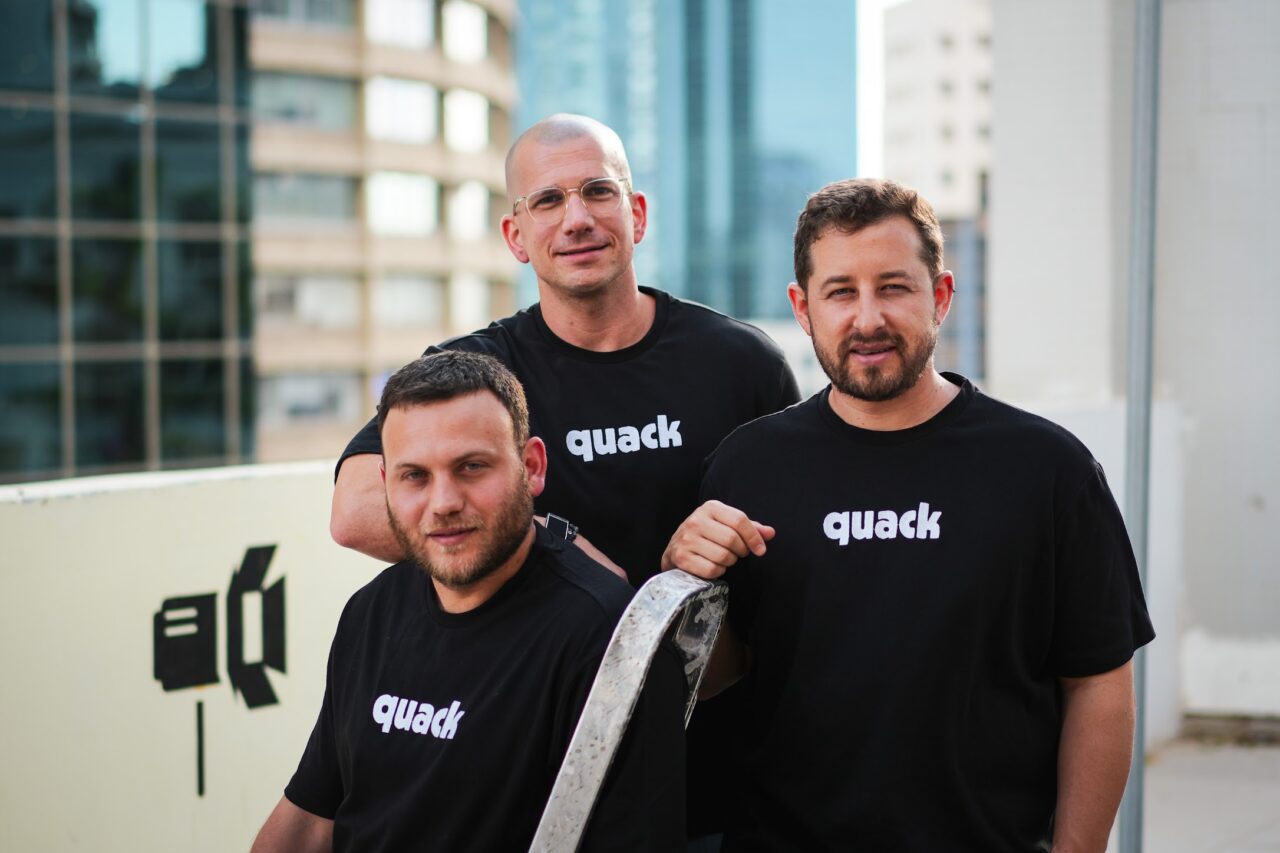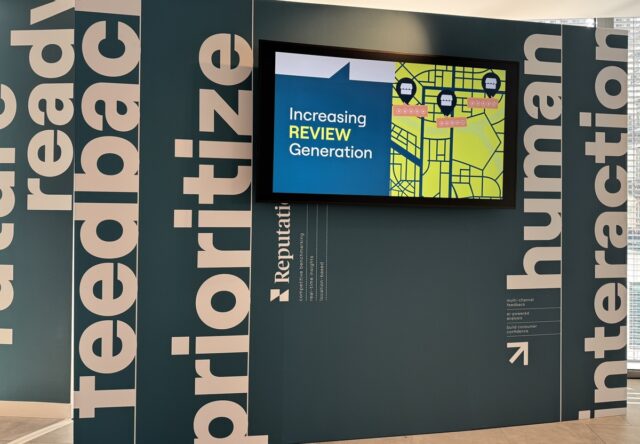October 22, 2025
What Will Customer Experience Look Like in 2028?

Monday.com’s Elevate event is kicking off in London today and we’ll report back tomorrow on what’s going on and making waves in the world customer success and experience. One masterclass and paper being discussed is Quack AI’s, CX 2028, offering a look at the world of customer experience in the AI-powered future.
It outlines how AI will transform each layer of customer support, success, and experience. Ushering in a new way for companies to serve their customers by mid-2028.
How Far Can AI Go in Three Years?
Given the speed of adoption and the improvement in AI tools in recent years, just how far can we go? The report considers that with customer experience at a turning point, even with the help of AI, scaling customer support remains a major limitation to sustainable business growth.
But we’re at the precipice of unlocking AI’s full potential. For customer support, what began as simple knowledge bases and AI-powered scripted replies is transforming into AI integration at every layer of CX.
In fact, Gartner predicts that agentic AI will resolve 80% of common customer support issues alone by 2029, reducing operational costs by 30%. Roisman and Pryluk’s new research paper places bets on the development of AI-human agent hybrid teams. Plus, the emergence of a reliance on ‘signals’ for proactive detection of CX issues, and additional customer support role shifts, leading to infinite scale in just a few years’ time.
So What’s Cooking With AI in 2028?
Roisman and Pryluk predict a future in which AI-led shifts enable resolution, rather than deflection, to become the new customer service norm. They envision a full reimagining of customer support, customer success, and customer experience, along the following timeline:
● In early-mid 2026, AI will begin taking on most of the actual workload of support operations for the first time, and AI and human agents will form hybrid teams that serve customers proactively. Personal AI assistants will emerge and AI entities will communicate directly with one another.
● By late 2026, CS will focus on proactively detecting ‘signals’ – indicators like user frustration or backend errors – before customers open tickets. Traditional success metrics like First Time Resolution (FTR) and Time to Resolution (TTR) will be replaced by Proactive Resolution Rate, reflecting the percentage of relevant signals AI agents detected and addressed before they impacted the user experience.
● In early 2027, traditional customer support roles will be replaced by new positions like Customer Expert and Customer Engineer, empowering customer-facing teams to become company growth drivers.
● By early 2028, AI agents will be dogfooding, serving as the first internal users and beta testers of AI-powered customer support. Support agents will find themselves not only helping customer agents and customers’ personal AI assistants, but also internal AI agents.
● In mid-2028, the inflection point will be reached. The concept of support will be entirely transformed as AI-powered teams achieve infinite scalability. The hiring of human experts will be decoupled from customer volume, unlocking the true potential of LLMs’ limitless scalability.
Talking Up The AI Future
It is hard to argue with any of the team’s conclusions, as Yaniv Markovski, formerly of OpenAI, Aviram Roisman, Quack CTO and Co-Founder, and Doron Pryluk, Quack COO, are well positioned to see what’s coming.
“Customer support is shifting at match pace with AI. We believe that in just a few years, we’ll move well beyond the first sparks of AI-driven deflection to a future where hybrid human-AI teams build, monitor, and even become their own customers, proactively resolving CX issues before customers lift a finger to report them,” said Aviram Roisman, Quack CTO and Co-Founder. “Along the way, job titles, metrics, and the very idea of ‘support’ will be entirely redefined until infinite scalability becomes a reality. Only then will the true potential of customer support to drive business growth be unlocked – and the sky’s the limit.”
But when it comes to those pesky customers, will they accept these changes, assuming they are visible to most?




